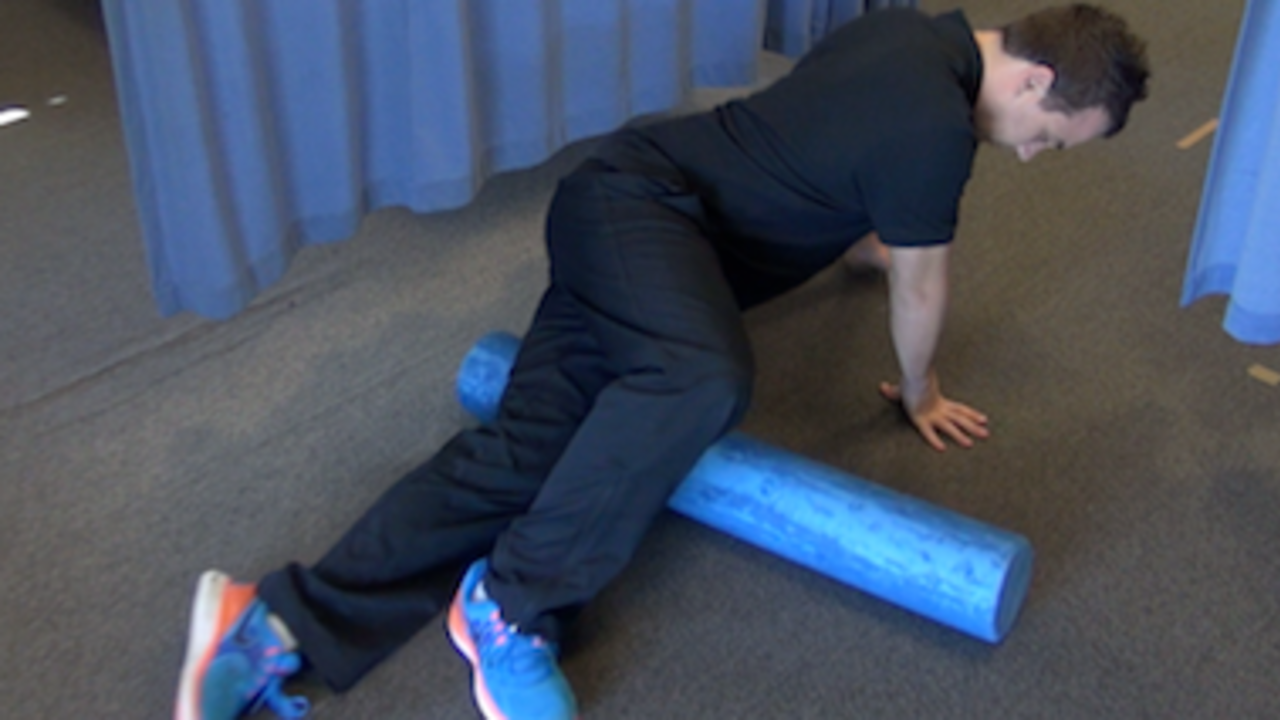Cyclist's Worst Enemy - the ITB (Iliotibial Band)

It's the worst enemy of every cyclist...
The ITB - the Illiotibial Band
What is it?
And how can you release it to prevent injury and get the most out of your cycling?
The Illiotibial band is fibrous connective tissue that originates on the pelvis, travels down the lateral aspect of the leg, and attaches to the tibia just below the knee (Baumstark, 2010).

Iliotibial band friction, or ITB pain, is very common among people who ride bikes competitively or recreationally and is caused by friction related to the disproportionate usage between the buttocks, and hip flexor muscles such as the tensor fascia lata (or TFL).
It’s not always a problem, and can vary from cyclist to cyclist, but when there is a disproportionate use of muscle groups in the pedalling motions, the ITB can become tight, and sometimes painful and inflamed.
To avoid over tightening and future issues related to the ITB, we would recommend the following strategies:
- STRETCH! Make sure you stretch regularly and include ITB and hip flexor stretches in your stretching routine. For more on stretching, we’d recommend you visit Kerrie’s stretching videos in our Inner Circle.
- STRENGTHEN your gluteus maximus! Sometimes the buttocks are often too weak to counteract the pull of the hip flexors on the ITB, which can result in ITB tightness and problems. Read our blog on Glute Strengthening Exercises for Cyclists.
- Invest in a FOAM ROLLER! These are magic inexpensive stretching and release tubes that are easily attained through sports stores.

Ref: Baumstark, Daniel. "When Cycling Becomes A Pain In The ITB - Physical Therapist's Log". Everydayhealth.com. N.p., 2010. Web. 6 May 2016.
Have you experienced ITB tightness? Share your experience by leaving us a comment below.
And Tag and Share with your cycling friends who need to learn about the ITB!

